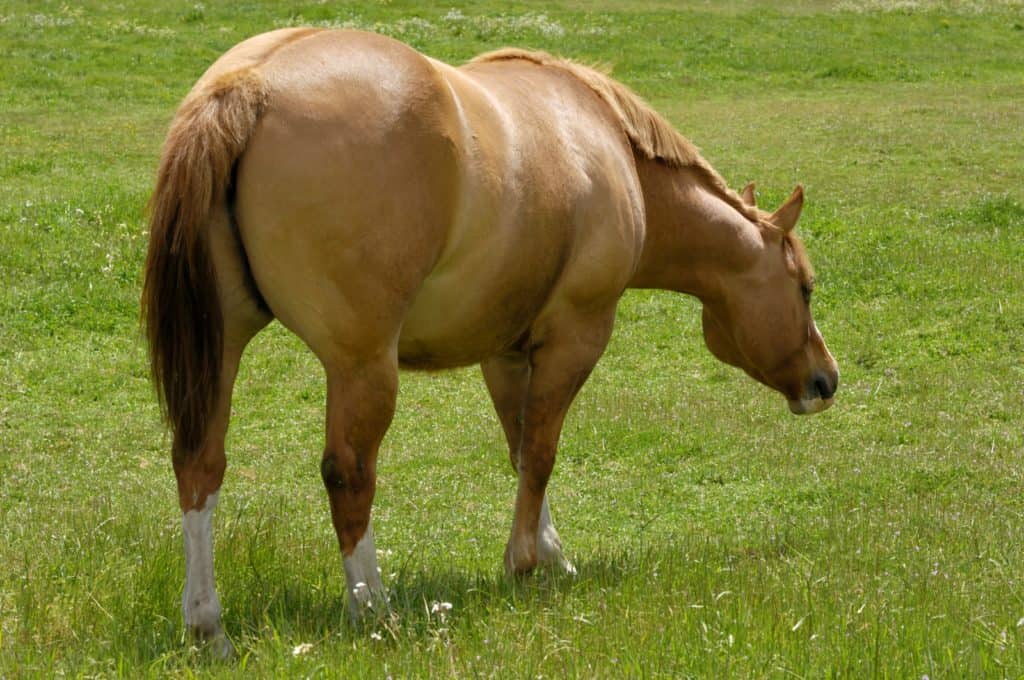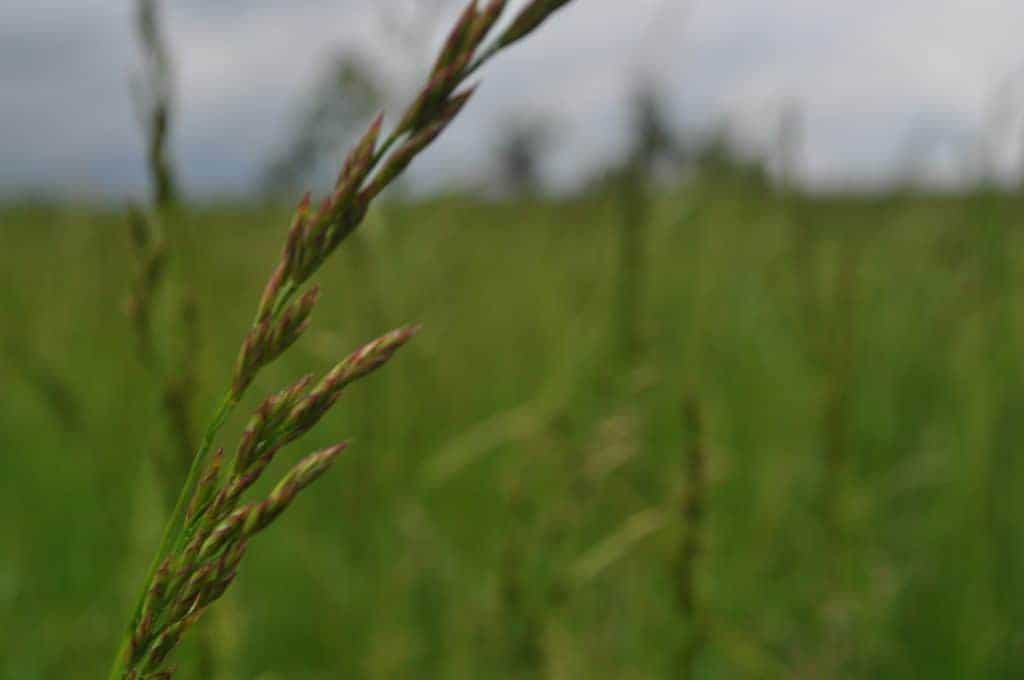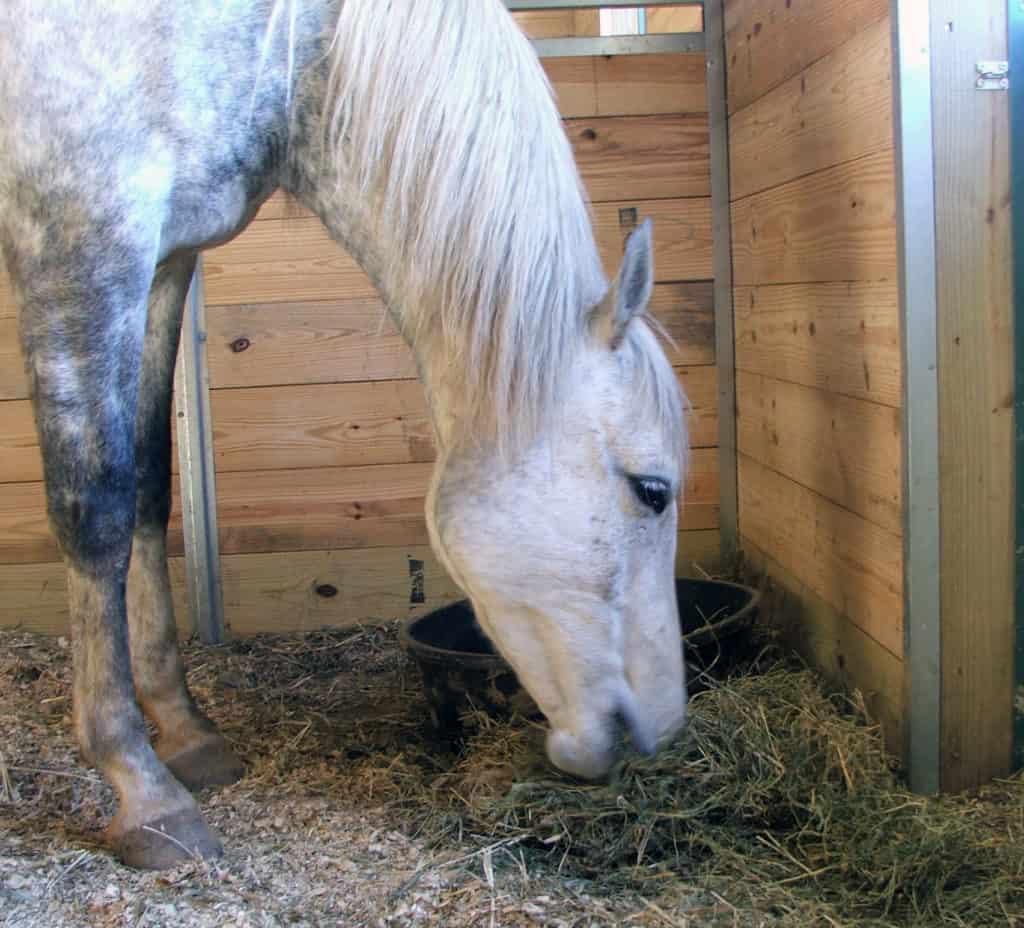
Case Study: Newborn Foal Dies Due to Atypical Myopathy
The foal’s dam developed atypical myopathy in the sixth month of gestation. The foal, born at full term, was eventually euthanized due to atypical myopathy complications.
Horse breeding from planning through foal care

The foal’s dam developed atypical myopathy in the sixth month of gestation. The foal, born at full term, was eventually euthanized due to atypical myopathy complications.

A week prior to the abortions, two horses on the same farm developed clinical signs consistent with the neurologic form of EHV-1. These horses were euthanized and no further diagnostic testing was performed, OMAFRA said.

It’s critical that owners and breeding farms send aborted foals to a veterinary diagnostic laboratory, even if the cause of abortion appears obvious. Here’s why.

The affected horse became ill on Jan. 5, was treated Jan. 6, and was euthanized later that day.

Learn about what vaccines a broodmare should receive during gestation and why vaccinating mares is important for their foals from equine repro expert Dr. Ryan Ferris.

Researchers found that hoof balance changes rapidly during the first few weeks of a foal’s life.

Round broodmares grazing on lush pastures might make an idyllic picture, but danger could lurk in the grass. Download this special report to learn more about fescue toxicosis, its cause, prevention, and available treatment.

Get your questions answered about breeding mares and stallions and producing top-quality, healthy foals during our live Q&A. We cover everything from selecting the right parents to gestational care to ensuring your foal’s safe delivery.

Is it safe to breed a mare who has equine metabolic syndrome and a history of laminitis? Reproduction expert Dr. Ryan Ferris offers insight.

Equine reproduction specialist Dr. Ryan Ferris explains basics new horse breeders need to know, including mare estrus cycles and selecting fresh vs. frozen semen.

The first step toward preventing pregnancy loss in horses is understanding why it happens in the first place.

Tall fescue is one of the most widely grown perennial grasses in the world and covers approximately 37 million acres in the United States alone. But some varieties can be detrimental to horses. Here’s what you need to know if you have tall fescue in your pastures.

Weanlings should grow steadily and moderately as rapid weight gain could put them at risk for developmental orthopedic diseases. Three experts share their tips for achieving appropriate growth via nutrition.

Equine abortion remains a common issue, and both infectious and noninfectious causes are frequently responsible.

Officials reported diseases including African horse sickness, equine influenze, strangles, EHV-1, EIA, and more.

Acid detergent fiber and neutral detergent fiber measurements can help you decide if hay is good for your easier keeper, broodmare, or growing foal.
Stay on top of the most recent Horse Health news with
"*" indicates required fields